What Is Precisely Specify Value By Product Central To
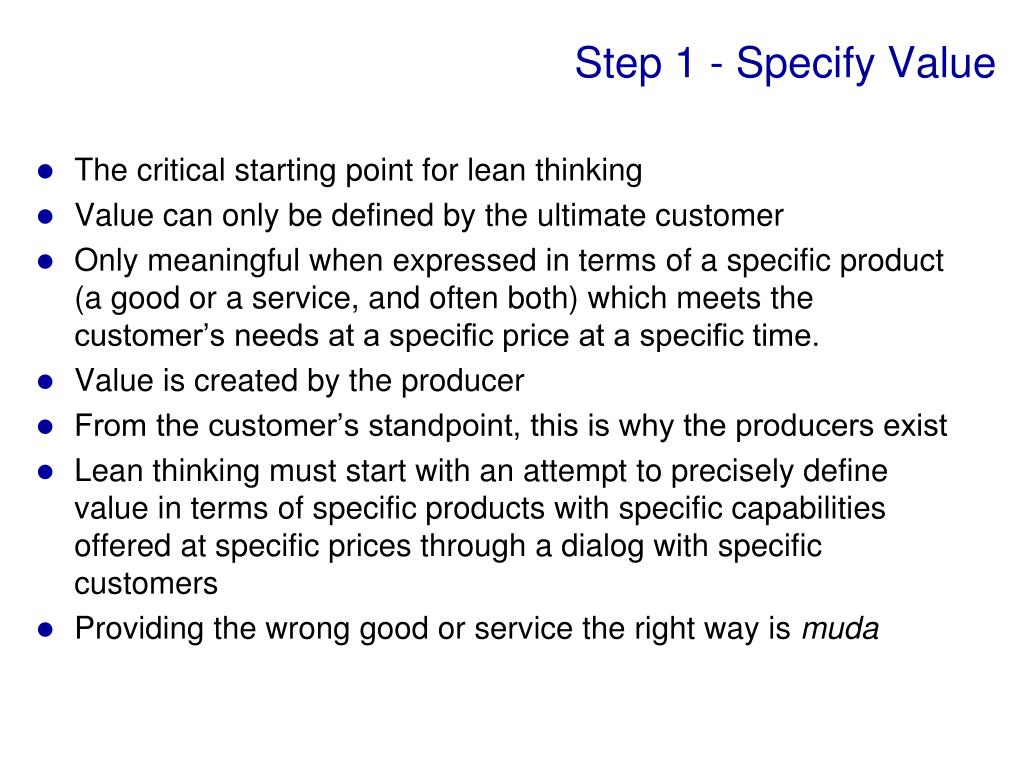
Businesses are scrambling to adapt to a new imperative: Precisely specifying value by product, or PSVbPC, is no longer optional, but a survival strategy. Leaders are racing to understand and implement this intricate approach to stay competitive.
PSVbPC involves meticulously defining the value proposition of each individual product based on granular data and customer insights. Failure to do so could lead to misallocation of resources, pricing errors, and ultimately, loss of market share.
What is Precisely Specify Value By Product Central To?
At its core, PSVbPC is about understanding exactly what customers are willing to pay for each product feature and benefit.
This involves a deep dive into data analytics, customer surveys, and competitive benchmarking.
The goal is to align product development, marketing, and pricing strategies with demonstrable customer value.
The Urgency of Implementation
The shift toward PSVbPC is driven by increasing customer expectations and growing competition.
Customers are more informed than ever, demanding tailored solutions and transparency about value.
Companies that fail to deliver on these expectations risk losing customers to competitors who offer better-defined value propositions.
According to a recent report by Gartner, companies that effectively implement PSVbPC see an average 15% increase in profit margins.
This is attributed to improved pricing strategies and optimized resource allocation.
The report further reveals that only 25% of companies currently have a fully implemented PSVbPC strategy, indicating a significant opportunity for early adopters.
Key Components of PSVbPC
Successful implementation of PSVbPC relies on several key components.
Data Collection and Analysis: This involves gathering data from various sources, including sales data, customer feedback, market research, and competitor analysis.
Customer Segmentation: This involves dividing customers into distinct groups based on their needs, preferences, and buying behaviors.
Value Proposition Definition: This involves clearly articulating the benefits of each product feature and how they address specific customer needs.
Pricing Strategy: This involves setting prices that accurately reflect the value provided to customers, while remaining competitive in the market.
Marketing and Communication: This involves communicating the value proposition of each product to the target audience through effective marketing campaigns.
Product Development: This should be constantly adjusted based on customer feedback and market trends to optimize its value and deliver.
The Impact Across Industries
The impact of PSVbPC is being felt across various industries, from manufacturing to software.
In the manufacturing sector, companies are using PSVbPC to optimize product features and pricing based on customer demand for specific performance characteristics.
In the software industry, PSVbPC is used to determine the optimal pricing for different feature sets and subscription tiers.
Retail companies are using PSVbPC to personalize product recommendations and promotions based on individual customer preferences.
Even healthcare providers are exploring how PSVbPC can be used to improve patient outcomes and optimize the delivery of care.
Challenges and Considerations
While the benefits of PSVbPC are clear, implementation is not without its challenges.
Companies may struggle with data silos, lack of analytical expertise, and resistance to change.
It is also important to consider the ethical implications of pricing strategies based on customer data.
Data Privacy: Implementing strict data privacy measures is essential to protect customer information and maintain trust.
Transparency: Being transparent about pricing practices and the value provided by each product can help build customer loyalty.
Adaptability: PSVbPC requires continuous monitoring and adjustments to adapt to changing market conditions and customer needs.
"PSVbPC is not just a trend, it's a fundamental shift in how businesses operate," says Dr. Anya Sharma, a leading expert in value-based pricing. "Companies that embrace this approach will be best positioned to succeed in the long run."
Immediate Actions and Ongoing Developments
Companies looking to implement PSVbPC should start by conducting a thorough assessment of their current data collection and analysis capabilities.
They should also invest in training and development programs to upskill their workforce in areas such as data analytics, customer segmentation, and value proposition design.
The adoption of new technologies, such as AI-powered pricing tools, can also help streamline the implementation process.
Several organizations, including the Professional Pricing Society, are offering resources and training programs to help companies implement PSVbPC.
The market is also seeing the emergence of specialized consulting firms that focus on value-based pricing and product strategy.
Ongoing research and development efforts are aimed at improving the accuracy and efficiency of PSVbPC methodologies.
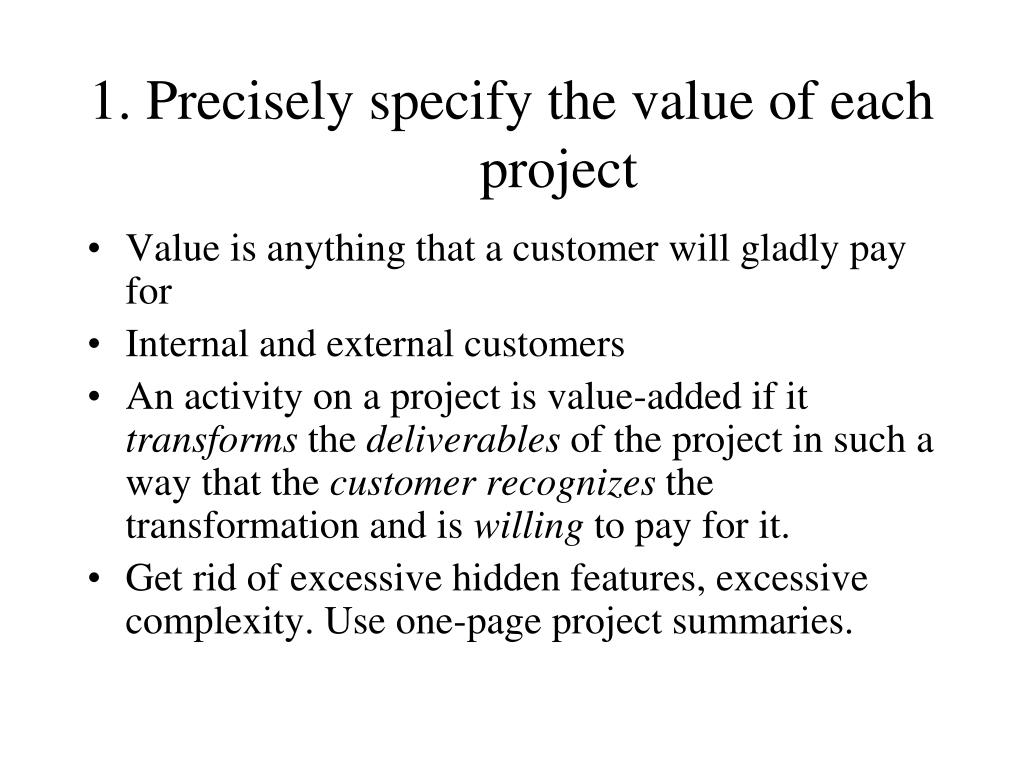

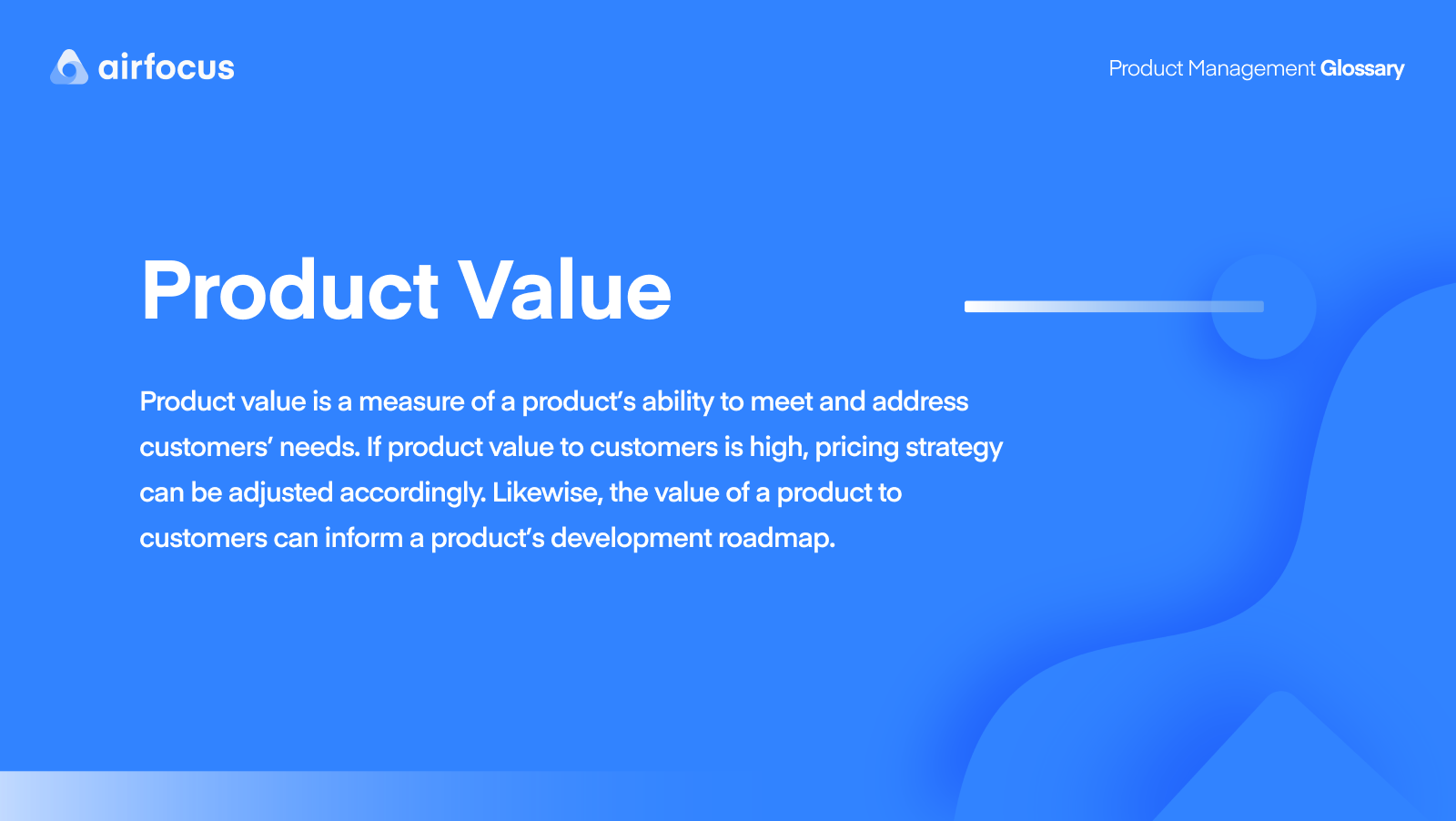
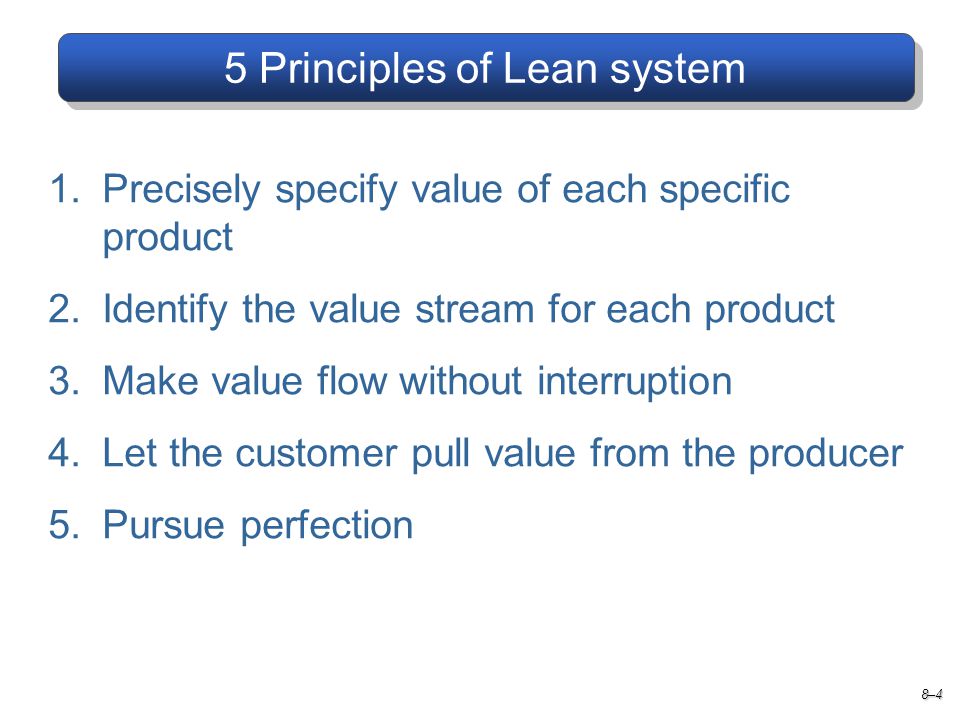
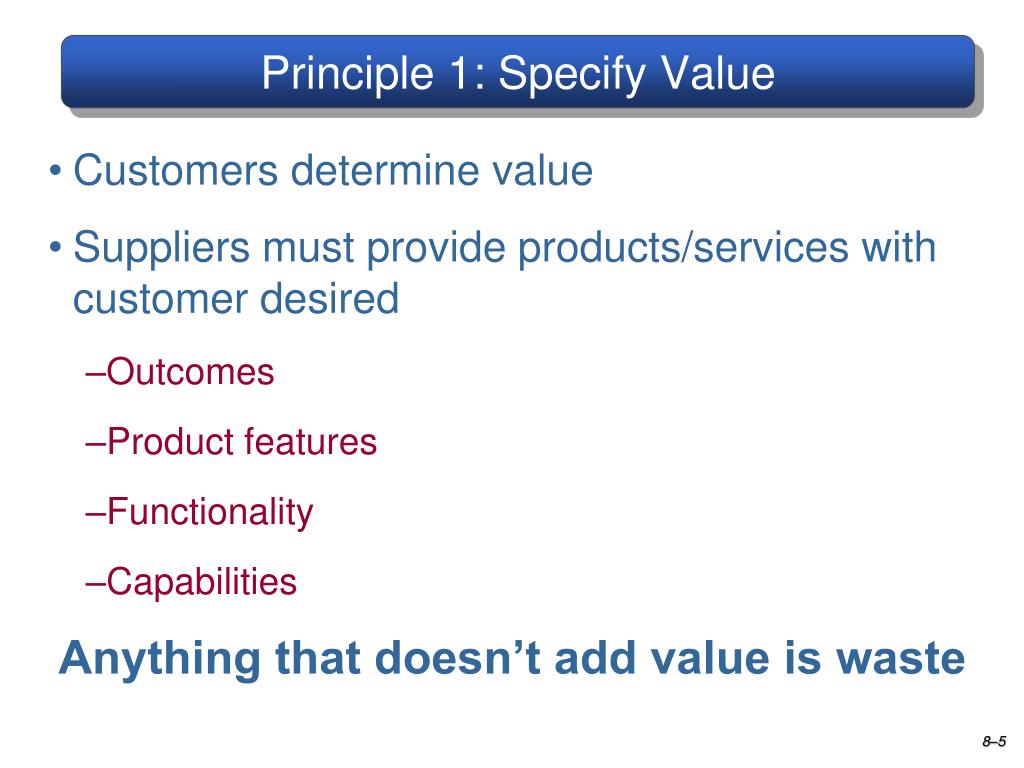



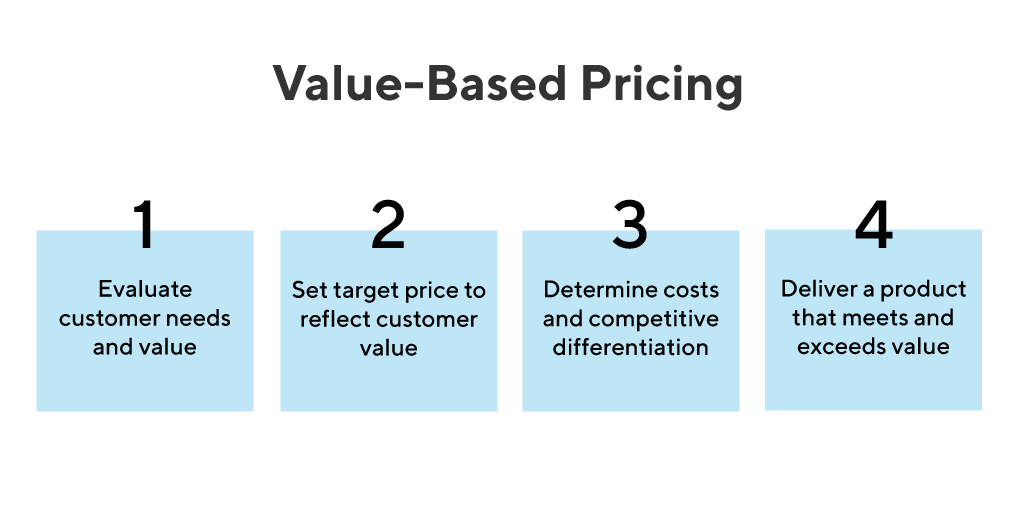

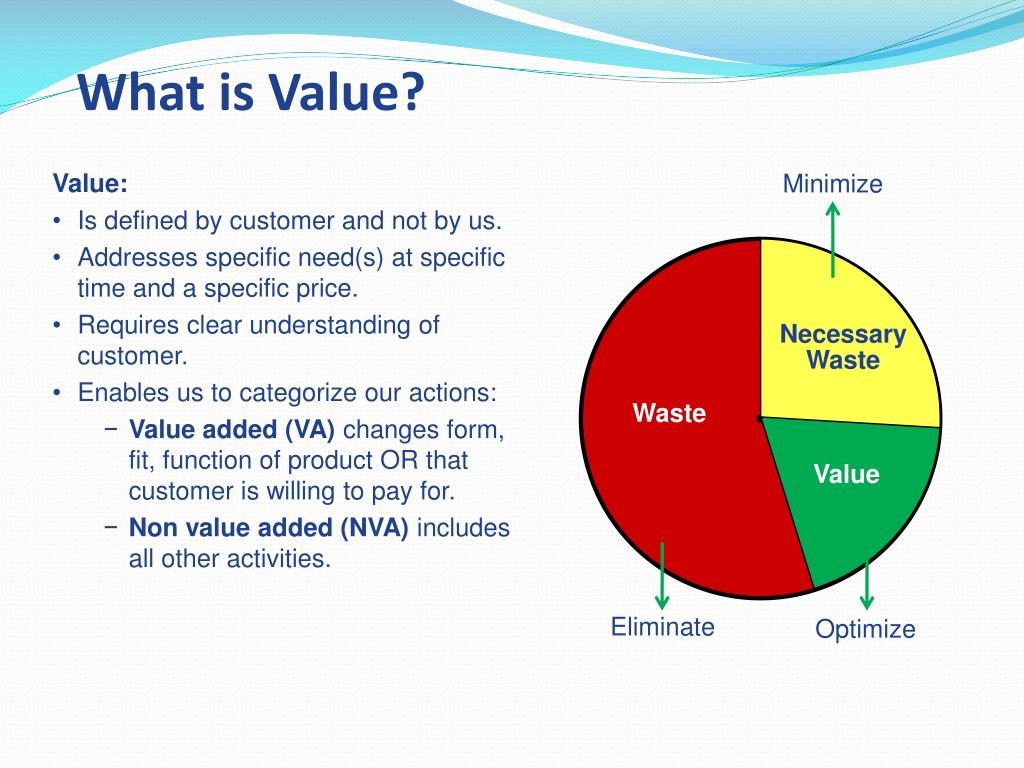

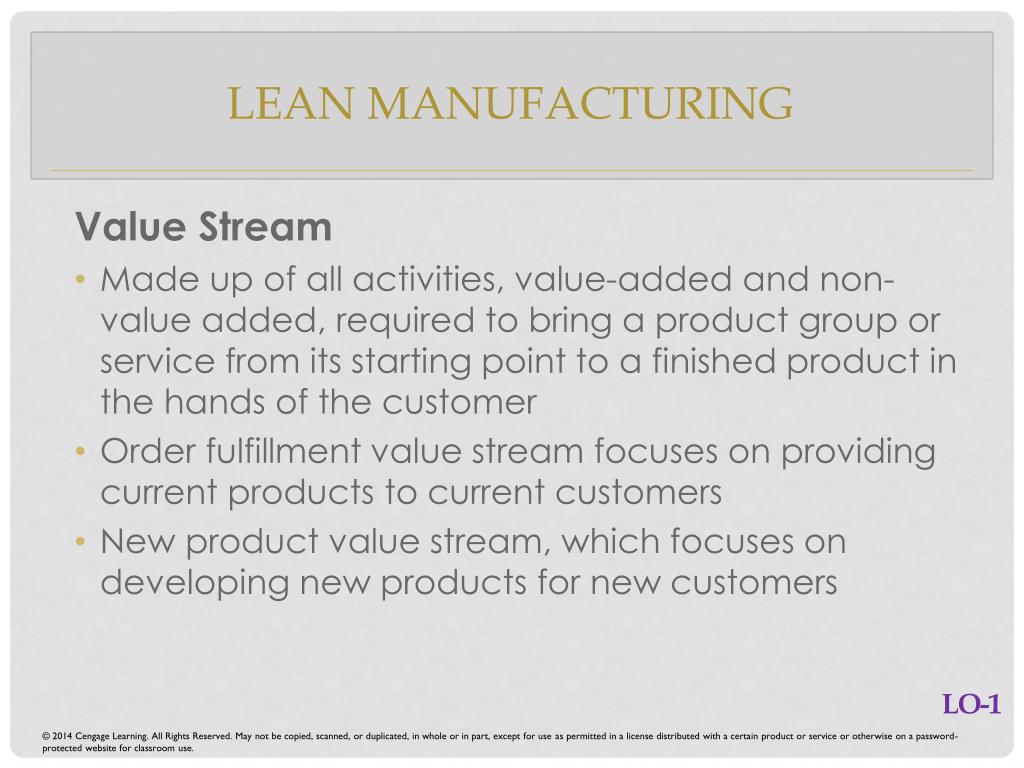




![What Is Precisely Specify Value By Product Central To [FREE] The mapping diagram represents a relation where x represents the](https://media.brainly.com/image/rs:fill/w:1080/q:75/plain/https://us-static.z-dn.net/files/d14/c8e12826254fc4ad3e3752841ba2a6cb.png)
